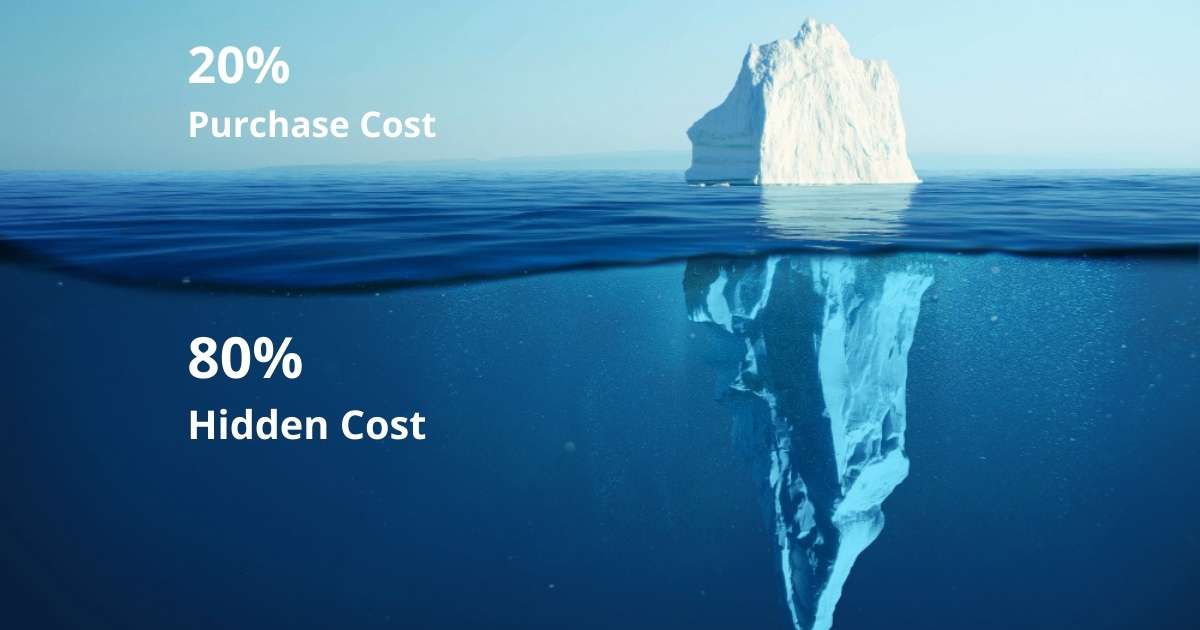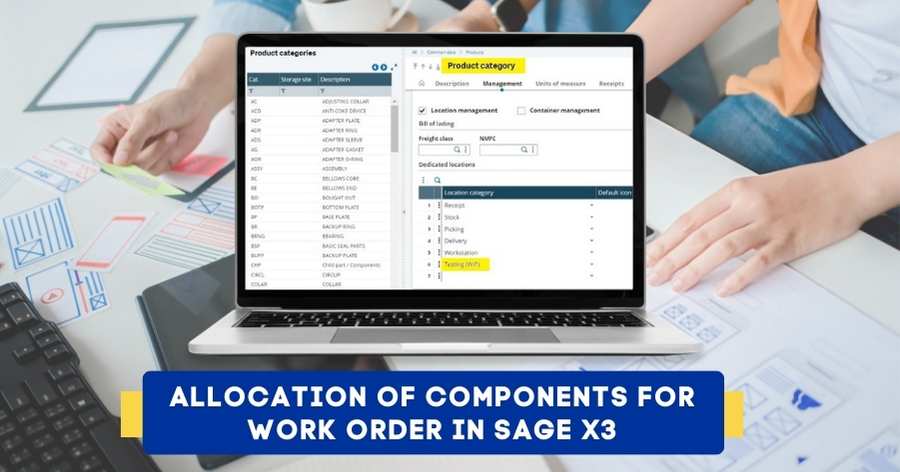Summary: The government is tightening the rules for e-invoicing under GST and penalizing companies that don’t comply with prescribed laws & regulations for sending and receiving electronic invoices. On the other hand, organizations face several challenges in finding an automated e-invoicing solution consisting of essential modules to create error-free e-invoices. This blog will focus on what e-invoicing under GST is and the most crucial criteria you need to remember while selecting the best invoice automation solution for your business.

What is e-invoicing under GST?
E-invoicing is the digital replica of a business’ tax invoice stored within an Enterprise Resource Planning (ERP) system. A unique Invoice Reference Number (IRN) is assigned to each invoice after it’s validated by the Invoice Registration Portal (IRP). This IRN is used while filing GST returns for validating transaction information and ensures fewer pit stops and quick movement of goods across each checkpoint.
Why do you need an e-invoice?
E-invoicing allows sharing of critical transactional information between various software. It also enables employees to comprehend financial data in an easy-to-understand way.
The benefits of implementing an e-invoice under GST are:
- Eliminate the need to file returns manually and enter the same transaction details repeatedly.
- Avail input tax credit quickly, enabling suppliers to reject or accept transactions in real-time.
- Decrease invoice processing costs and shorten payment cycles by eliminating physical invoices.
- Eliminate human-induced and invoice reconciliation errors.
- Eliminate the generation of fake e-invoices.
- Improve real-time visibility over business transactions allowing authorities to curb tax evasions.
- Unique QR code and IRN allows logistic companies to carry valid tax invoices while transporting goods.
- Companies can better adhere to government-mandated policies by sharing data quickly and conveniently with tax enforcement agencies.
How can eligible businesses benefit from e-invoicing under GST?
The new e-invoicing business framework makes it mandatory for businesses to align their existing billing systems with the government’s e-invoice schema.
GSTN pre-approves/authenticates B2B invoices with e-invoicing according to a pre-decided format. A digital system will allow businesses to:
- Eliminate fraud
- Save costs
- Reduce late payment fee
- Remove duplicates
Please remember that after several delays, the government has finally made e-invoicing under GST mandatory since October 1, 2020.
The government is bringing companies under e-invoice rules based on their revenue to make the process convenient. From April 1, 2022, companies with a turnover exceeding Rs. 20 crores will have to mandatorily generate e-invoices for B2B transactions according to the Central Board of Indirect Taxes and Customs.
Factors to consider before adopting the e-invoice solution?
Implementing an e-invoice solution is a complicated task for companies across industries as it requires significant effort and time. Here are a few factors to consider before purchasing the final software:
- List of business operations and processes that will be affected during the implementation phase, including the Human Resource Management department, Point of Service, and many more.
- Integrating the new system with the already existing ERP software.
- Testing various business scenarios and understanding their pros and cons before going live.
- Upgrading internal systems for smooth implementation of the e-invoice module.
- Assessing various methods of generating e-invoices.
What are the primary challenges businesses will face while implementing software for generating an e-invoice under GST?
Businesses might face several problems while accommodating new e-invoice rules.
Let’s check them one by one:
1. Numerous reconciliations.
Businesses need to manage multiple compliance requirements, and therefore, the following reconciliations are mandatory:
- Reconciling with annexures that are auto-populated under new returns.
- Reconciling with the books of accounts.
- Reconciling during the audit, and many more.
2. Accommodating changes within the ERP software.
Businesses need to customize their ERP systems based on standard invoice formats, such as IRP/GSP/ASP for seamless data exchange between the ERP system and the IRP. The GSTN council has released several APIs for this purpose.
3. Changing details in the e-invoice.
According to the recent revisions by the government, businesses cannot make changes in the e-invoice. But they can cancel it on the IRP within 24 hours. The data can be found on the IRP only for a period of 24 hours, after which the cancellation can be made only in the portal.
4. Getting ready for both B2C and B2B invoices.
Currently, B2B invoices require an e-way bill and e-way invoice. On the other hand, B2C invoices require only an e-way bill. But some years down the line, the government might eventually cover other invoice types.
5. Using different software solutions for paying tax.
Businesses depend on multiple systems for filing forms, including government tools, GSTN, indigenous accounting systems, and e-way bill portals. By centralizing the system, companies can store and retrieve data conveniently.
In the end, let’s discuss e-invoicing penalties on businesses that might fail to comply with e-invoice rules.
- Rs. 25,000 for incorrect invoicing
- Rs. 10,000 or 100% of the tax due, whichever is higher, for not issuing e-invoice.
STAY UPDATED
Subscribe To Our Newsletter
At Sage Software Solutions (P) Ltd., we are home to world-class ERP software and CRM software that will solidify your business tech support fundamentals and enable you to build a customer-centric organization. You can also write to us at sales@sagesoftware.co.in.
Disclaimer: All the information, views, and opinions expressed in this blog are those of the authors and their respective web sources and in no way reflect the principles, views, or objectives of Sage Software Solutions (P) Ltd.







